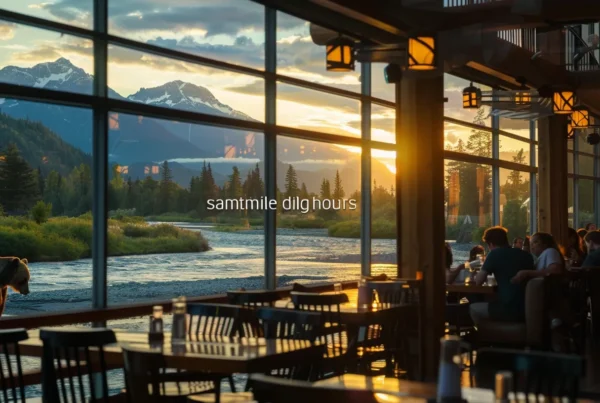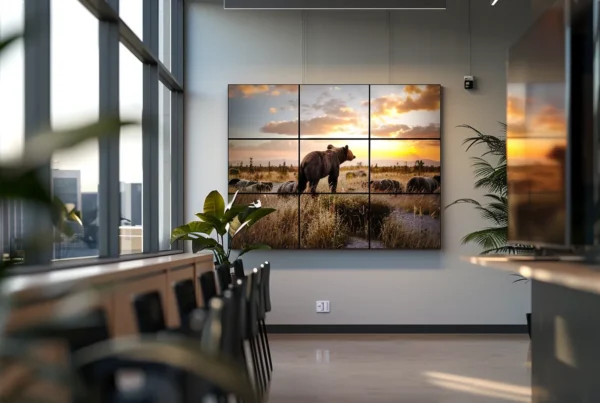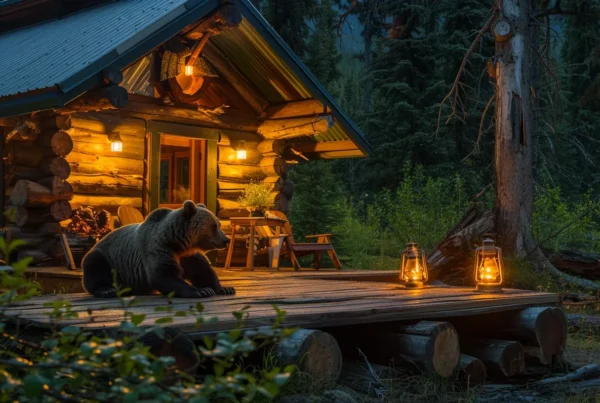
Essential Guide to Alaska Bear Watching Seasons
Alaska is renowned for its breathtaking bear watching opportunities, yet knowing the ideal times to witness these majestic animals can be challenging. This guide explores the best seasons for observing Alaska’s coastal brown and black bears, essential safety guidelines, and tips for enhancing your bear watching experience. Readers will gain valuable insights to maximize their chances of encountering these incredible creatures while ensuring their safety and enjoyment. Delve into the specific timing of your bear watching adventure to make the most of your trip to Alaska.
Key Takeaways
- Seasonal bear behavior greatly influences observation opportunities in Alaska
- Brown bears are most visible during summer, especially during salmon runs
- Optimal viewing locations include Admiralty Island and Icy Strait Point
- Black bears forage actively in spring and summer, particularly along the Inside Passage
- Engaging local guides enhances the overall wildlife observation experience
Overview of Alaska Bear Watching Seasons
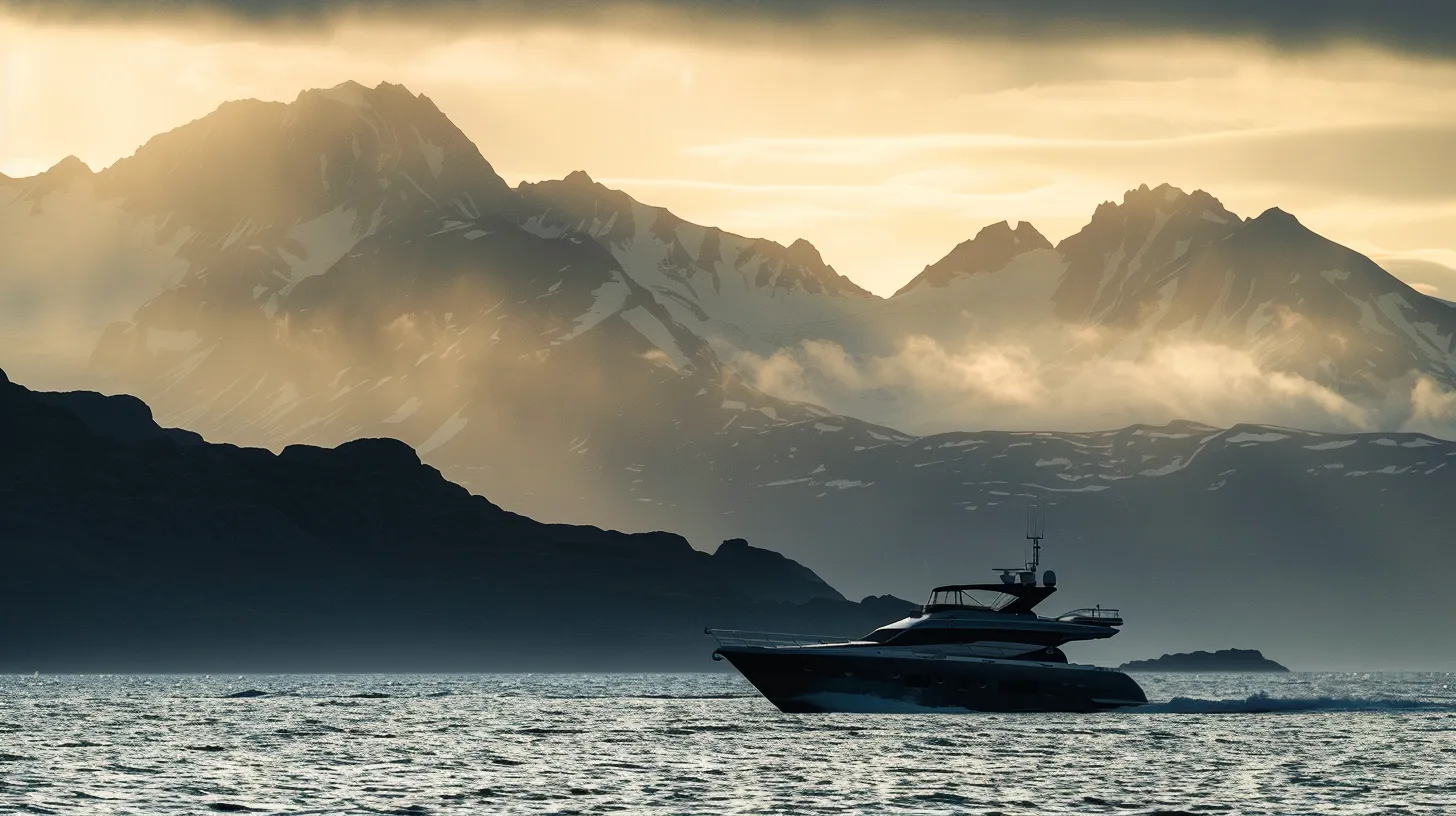
Understanding seasonal patterns of bear behavior is essential for optimal bear watching alaska and observation opportunities in Alaska. Key bear species, such as the polar bear and brown bear, vary in visibility throughout the year, especially across landscapes like the Aleutian Islands and Icy Strait. Weather conditions greatly impact bear sightings, influencing both the experience and accessibility of boat and ship tours.
Understanding Seasonal Patterns of Bear Behavior
Understanding seasonal patterns of bear behavior is vital for anyone interested in Alaska wildlife. Brown bears exhibit distinct activity peaks during summer months, particularly in July when sockeye salmon run, attracting observers eager to witness dynamic feeding activities. In contrast, during the winter months, many bears enter hibernation, limiting visibility, and reducing opportunities for bear watching in Alaska except in specialized locations accessible by floatplane.
- Brown bears active during summer months
- Peak visibility during sockeye salmon runs in July
- Limited sightings during hibernation in winter
- Use of floatplanes for accessing remote viewing locations
Key Bear Species to Observe by Season
In Alaska, the key bear species to observe throughout different seasons include the brown bear and polar bear, each offering unique viewing experiences based on their behavior and habitat. For instance, during the salmon run, particularly in areas like Kenai Fjords National Park, brown bears can be seen actively fishing for salmon, creating spectacular moments for wildlife enthusiasts. Additionally, Prince William Sound provides opportunities to observe these magnificent creatures alongside rich marine life, particularly during the summer months when visibility is at its peak.
General Climate and Weather Impacts on Viewing
The climate and weather conditions in Alaska play a significant role in bear viewing experiences. Factors such as temperature fluctuations and precipitation patterns can enable wildlife enthusiasts to witness not only bears but also humpback whales in the Bering Sea during the summer months. Visitors to national forests should prepare for varying weather, as clear skies often coincide with heightened bear activity, enhancing their opportunities for memorable observations.
As the seasons change, the coastal brown bears emerge, drawn by the call of the wild. Identifying the best times for viewing these magnificent creatures can turn a simple trip into an unforgettable experience.
Best Times for Viewing Coastal Brown Bears
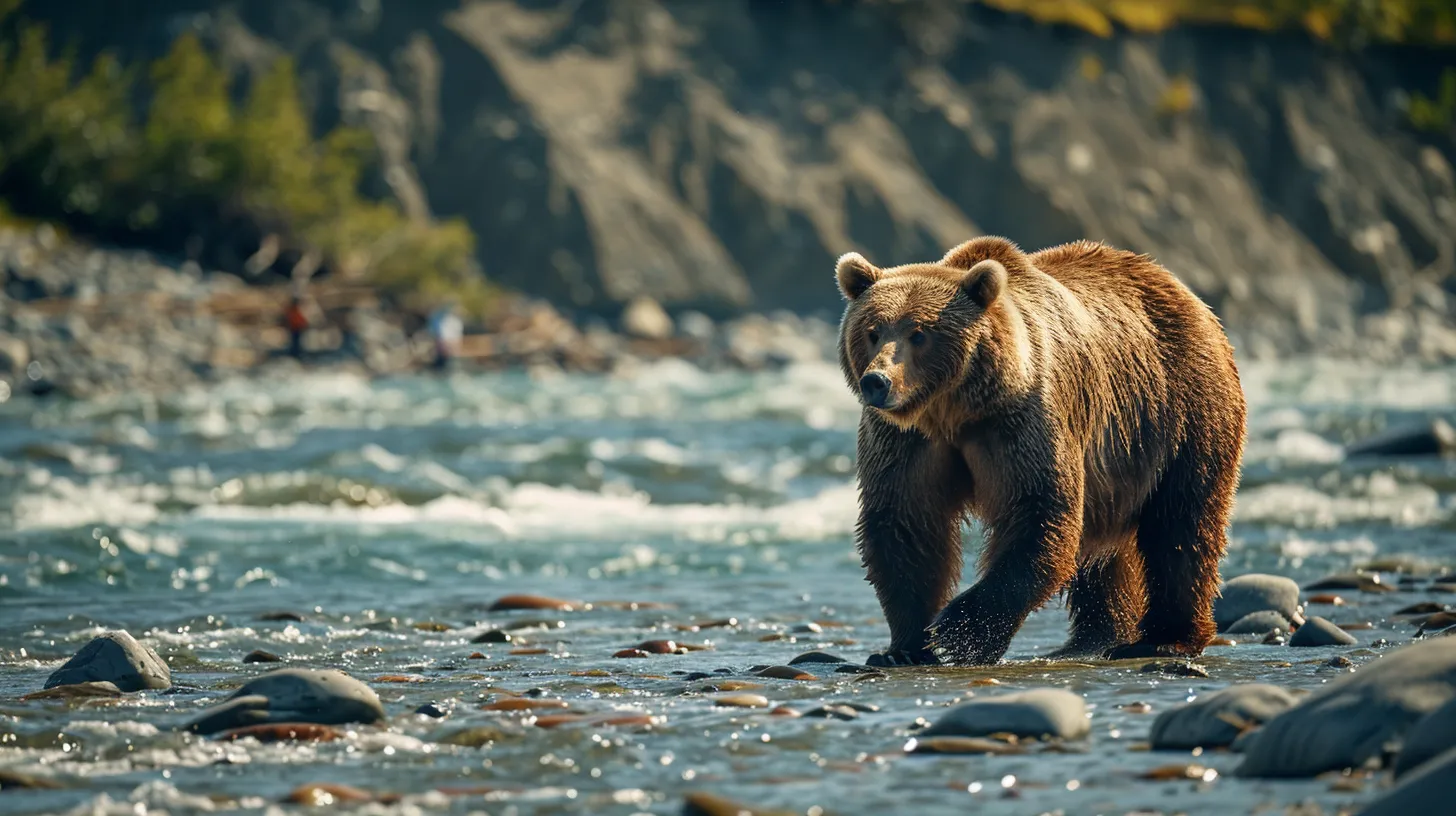
Peak viewing months for coastal brown bears occur primarily in summer, particularly around the Kenai Peninsula, where these majestic animals can be observed fishing for salmon. Key locations, such as ports along the Glenn Highway, provide excellent opportunities for sightings. Seasonal features, including the impact of bird migration on bear behavior, enhance the experience for wildlife enthusiasts seeking to understand the unique characteristics of brown bears throughout the year.
Peak Viewing Months and Their Characteristics
The best months for viewing coastal brown bears in Alaska generally span from May to September, with peak activity observed around July when fish populations surge, particularly at iconic locations such as Brooks Falls. Visitors along the Cook Inlet can witness these magnificent creatures fishing while enjoying breathtaking views of the Matanuska Glacier in the backdrop. Trails in the area provide excellent vantage points and opportunities for wildlife enthusiasts to observe not only bears but also whales, enhancing their overall experience in this stunning natural environment.
Locations for Optimal Brown Bear Sightings
Optimal locations for observing coastal brown bears in Alaska include Admiralty Island and Icy Strait Point, both renowned for their diverse ecosystems. The backcountry areas surrounding these sites provide ample opportunities for bear watching while presenting chances to spot other wildlife, such as moose. Engaging with local Tlingit guides enhances the experience, offering insights into the natural behaviors of these magnificent creatures and making for a memorable adventure.
Unique Features of Brown Bears in Different Seasons
Brown bears in Alaska exhibit distinct characteristics throughout the seasons, making each observation unique. During spring, the bears emerge from hibernation, particularly around the coast, where they begin scavenging for food after a long winter, while also witnessing the majestic flight of bald eagles overhead. As summer arrives and spawning salmon return to rivers, including the Kodiak bear’s territory, these bears become highly active, providing thrilling opportunities for wildlife enthusiasts to observe their fishing techniques in the wilderness.
The coast offers a chance to see great bears, but the land holds other secrets. Black bears roam the forests of Alaska, waiting for those who seek them out at the right time.
When to See Black Bears in Alaska
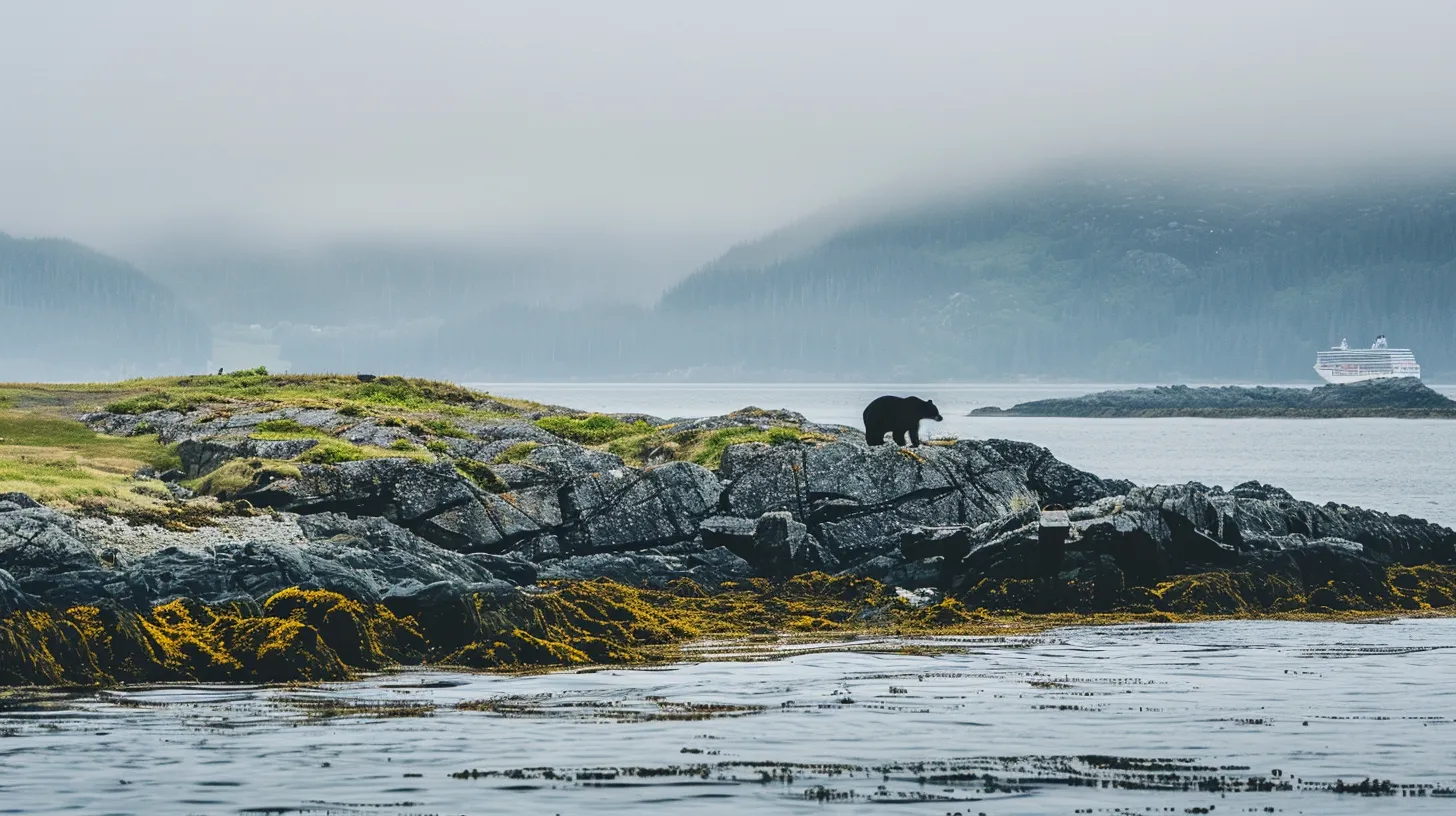
Seasonal activities and movements of black bears in Southeast Alaska are crucial for anyone interested in wildlife observation. Key locations, such as Chichagof Island, offer exceptional opportunities for viewing these bears foraging for their next meal. Cruise ship excursions enhance accessibility, while practical tips for successful black bear viewing ensure memorable encounters with these magnificent animals in their natural habitat.
Seasonal Activities and Movements of Black Bears
Black bears in Alaska are particularly active during the spring and summer months as they seek food to replenish their energy after hibernation. They can often be observed foraging along the Inside Passage, where their habitat is abundant with vegetation and marine life. In areas like Resurrection Bay, these bears are typically seen scavenging for fish and berries, creating unique opportunities for wildlife enthusiasts to witness the behavior of both black bears and the more prominent brown bear species in diverse ecosystems.
Top Locations for Black Bear Watching
For optimal black bear watching in Alaska, Katmai National Park and Preserve stands out as a premier destination, renowned for its grizzly bear populations, particularly around Brooks Falls during the salmon run. Denali National Park also offers excellent opportunities to observe black bears foraging in the meadows, providing visitors with breathtaking views of these majestic creatures in their natural habitat. Additionally, the Tongass National Forest features lush ecosystems where wildlife enthusiasts can encounter black bears, creating memorable moments and insights into their behavior in the wild.
Tips for Successful Black Bear Viewing
For successful black bear viewing in Alaska, particularly at popular locations like Brooks Camp and Kodiak Island, visitors should prioritize early morning or late afternoon outings when bears are most active. Engaging in guided tours can significantly enhance the experience, as local experts share knowledge about bear behavior and habitat. Additionally, planning visits during the summer months offers the chance to observe the fascinating interaction between black bears and local wildlife, including beluga whales in the nearby fjords, enriching the overall wildlife experience.
The bears are out when the salmon run. Knowing the right time enhances every moment of your bear watching adventure.
Timing Your Bear Watching Adventure
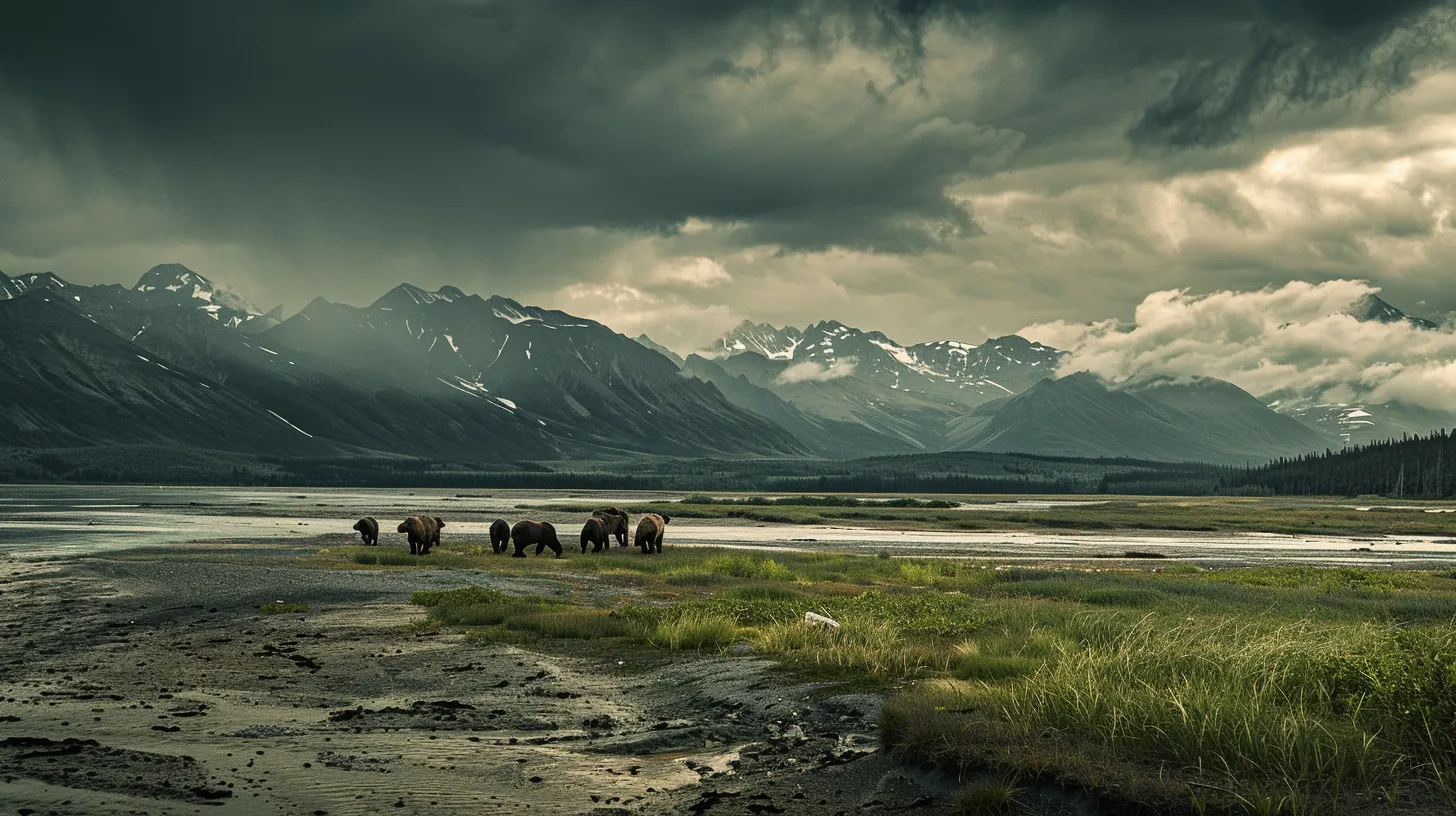
Planning a bear watching adventure in Alaska requires consideration of several key factors. Visitors should assess the best times to observe bears, understand wildlife viewing etiquette, and select appropriate gear for conditions. Essential locations such as Lake Clark National Park and Preserve and access via the Alaska Railroad greatly enhance the experience, particularly for photography enthusiasts. This approach ensures a rewarding and respectful wildlife encounter.
Factors to Consider When Planning Your Visit
When planning a bear watching adventure in Alaska, several factors come into play that can significantly enhance the experience. Understanding the best seasons for wildlife sightings, such as visiting McNeil River during the salmon run or exploring Kachemak Bay for whale watching can yield remarkable opportunities. Additionally, investing in high-quality gear, including binoculars and waterproof clothing, ensures comfort and readiness for the unpredictable weather common in Alaskan wilderness, while considering helicopter tours can provide a unique aerial perspective of bears in their natural habitats.
Importance of Wildlife Viewing Etiquette
Wildlife viewing etiquette plays a critical role in responsible bear watching experiences in Alaska. Observers should maintain a safe distance to avoid disturbing bears, especially when ferrying to remote locations near glaciers where these majestic animals are often found. Additionally, following guidelines helps ensure that wildlife remains unafraid of human presence, which is essential for sustaining healthy ecosystems and enhancing future viewing opportunities.
Recommended Gear for Seasonal Bear Watching
For a successful bear watching adventure in Alaska, equipping oneself with the right gear is essential. High-quality binoculars can enhance wildlife viewing, providing clear and detailed sightings of bears from a safe distance. Additionally, waterproof clothing, sturdy footwear, and sun protection ensure comfort against the unpredictable Alaskan weather while exploring various ecosystems and maximizing the chances of observing bears in their natural habitat:
When the time feels right, thrill and caution must walk hand in hand. Understanding safety guidelines will ensure that the experience remains unforgettable for all the right reasons.
Safety Guidelines for Bear Watching
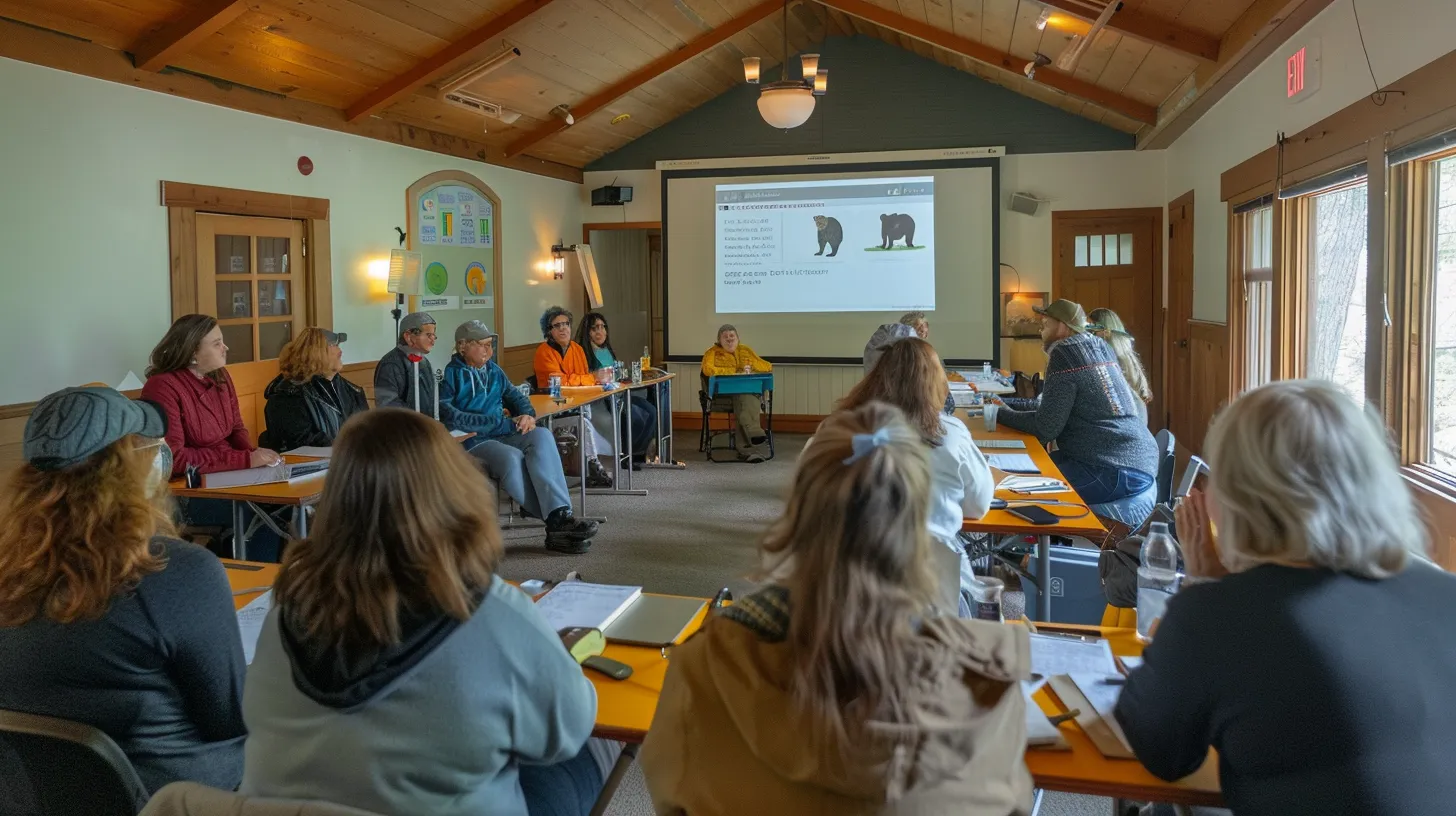
Understanding bear behavior and adhering to safety protocols are crucial when engaging in bear watching in Alaska. This section will cover essential actions to take during a bear encounter, as well as valuable resources for learning about bear safety effectively. Implementing these recommendations ensures both observer safety and the well-being of Alaskan wildlife.
Understanding Bear Behavior and Safety Protocols
Understanding bear behavior is vital for anyone undertaking bear watching in Alaska. Bears often display specific behaviors, such as foraging or fishing, which can indicate their level of comfort and activity. Adhering to safety protocols, including maintaining a safe distance and avoiding sudden movements, enhances both observer safety and the bears’ natural habits, ensuring a respectful coexistence that supports wildlife preservation and offers rewarding viewing experiences.
What to Do in an Encounter With a Bear
In the event of an encounter with a bear, it is essential to remain calm and avoid sudden movements that may startle the animal. Visitors should assess the bear’s behavior carefully; if the bear is simply passing through, maintaining a safe distance is often sufficient. Conversely, if a bear appears agitated or approaches too closely, experts recommend making oneself appear larger, speaking in a firm voice, and slowly backing away without turning one’s back, ensuring both personal safety and the well-being of the bear.
Resources for Learning About Bear Safety
Several resources are available for those seeking to enhance their knowledge of bear safety while engaging in bear watching in Alaska. The Alaska Department of Fish and Game provides educational materials, including guidelines on how to respond during bear encounters and information on bear behavior, which can significantly improve observer safety. Additionally, wildlife organizations and local tour operators often offer workshops and informational sessions that focus on bear safety protocols, enriching the overall bear-watching experience with expert insights and practical advice.
With safety secured, the real adventure begins. Discover how to make the most of your time among Alaska’s bears.
Enhancing Your Alaska Bear Watching Experience
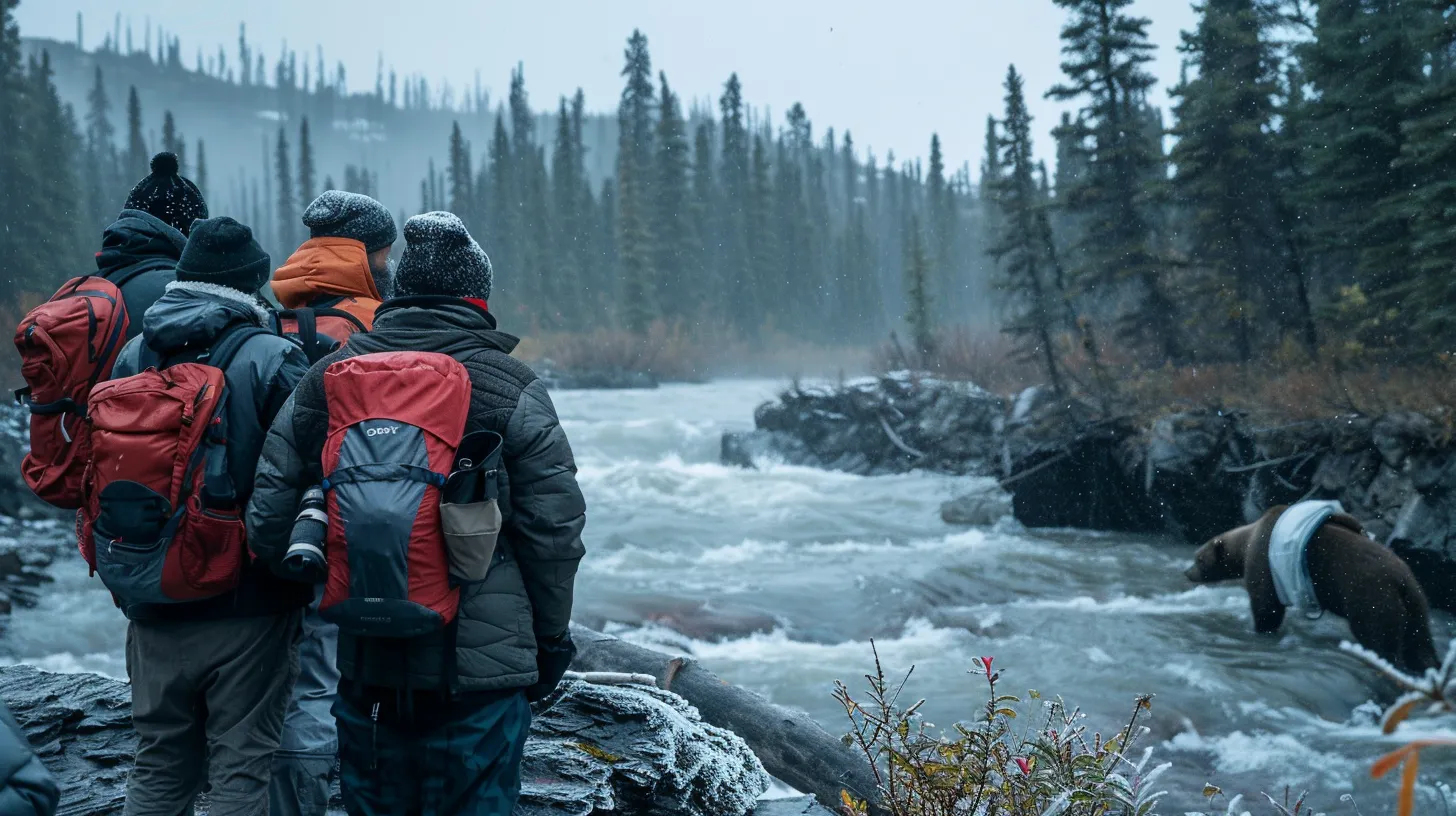
Recommended tours and guides vary by season, offering optimal experiences tailored to bear activity. For photography enthusiasts, expert tips will ensure the capture of stunning bear moments. Additionally, suitable accommodations for bear watchers throughout different seasons provide comfort and convenience, enhancing the overall experience of observing these magnificent creatures in their natural habitat.
Recommended Tours and Guides Based on Seasons
During different seasons, various tours and guides in Alaska cater to bear watchers, enhancing the overall experience. For instance, summer tours along the Kenai Peninsula focus on observing coastal brown bears during the sockeye salmon runs, while specialized winter excursions allow for unique sightings of polar bears in remote areas accessible by floatplane. Engaging with knowledgeable guides not only provides valuable insights into bear behavior but also ensures that the tours are tailored to the specific challenges and opportunities presented by each season, maximizing wildlife observation experiences.
Photography Tips for Capturing Bear Moments
To capture stunning bear moments in Alaska, photographers should prioritize using a telephoto lens, allowing them to photograph wildlife from a safe distance without disturbing the bears. Timing is crucial; early mornings and late afternoons often provide the best natural light and heightened bear activity, thus increasing chances for remarkable shots. Additionally, remaining patient and respecting the bears’ behavior from a distance leads to more authentic images, showcasing the beauty of these magnificent creatures in their natural habitat.
Accommodations for Bear Watchers During Different Seasons
Choosing the right accommodations is essential for bear watchers seeking an unforgettable experience in Alaska. Various options, from rustic lodges to comfortable cabins, cater to the needs of wildlife enthusiasts during different seasons. In summer, properties near key viewing locations, such as Kenai Peninsula or Brooks Falls, provide easy access to optimal bear sightings, while winter retreats offer unique experiences for observing polar bears, enhancing the overall adventure and comfort for those engaged in this remarkable wildlife observation.
Conclusion
Understanding the essential guide to Alaska bear watching seasons significantly enhances the wildlife observation experience. By recognizing bear behavior patterns and identifying optimal viewing locations, enthusiasts can maximize opportunities for witnessing these majestic animals in their natural habitats. Committing to wildlife viewing etiquette and being well-prepared ensures not only personal safety but also promotes the preservation of bear populations. Ultimately, this knowledge fosters a deeper appreciation for Alaska’s unique ecosystems and the incredible wildlife that inhabits them.

